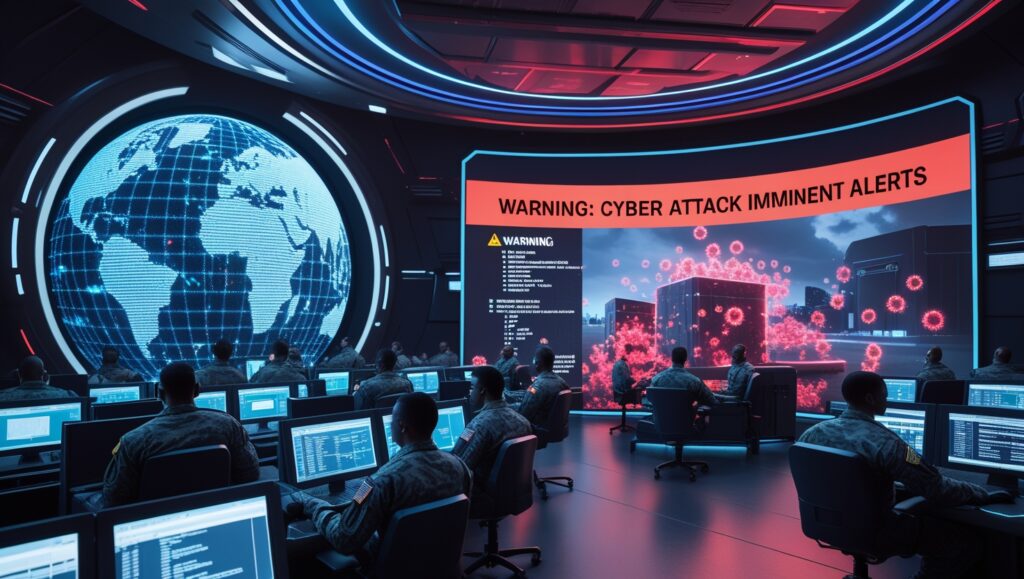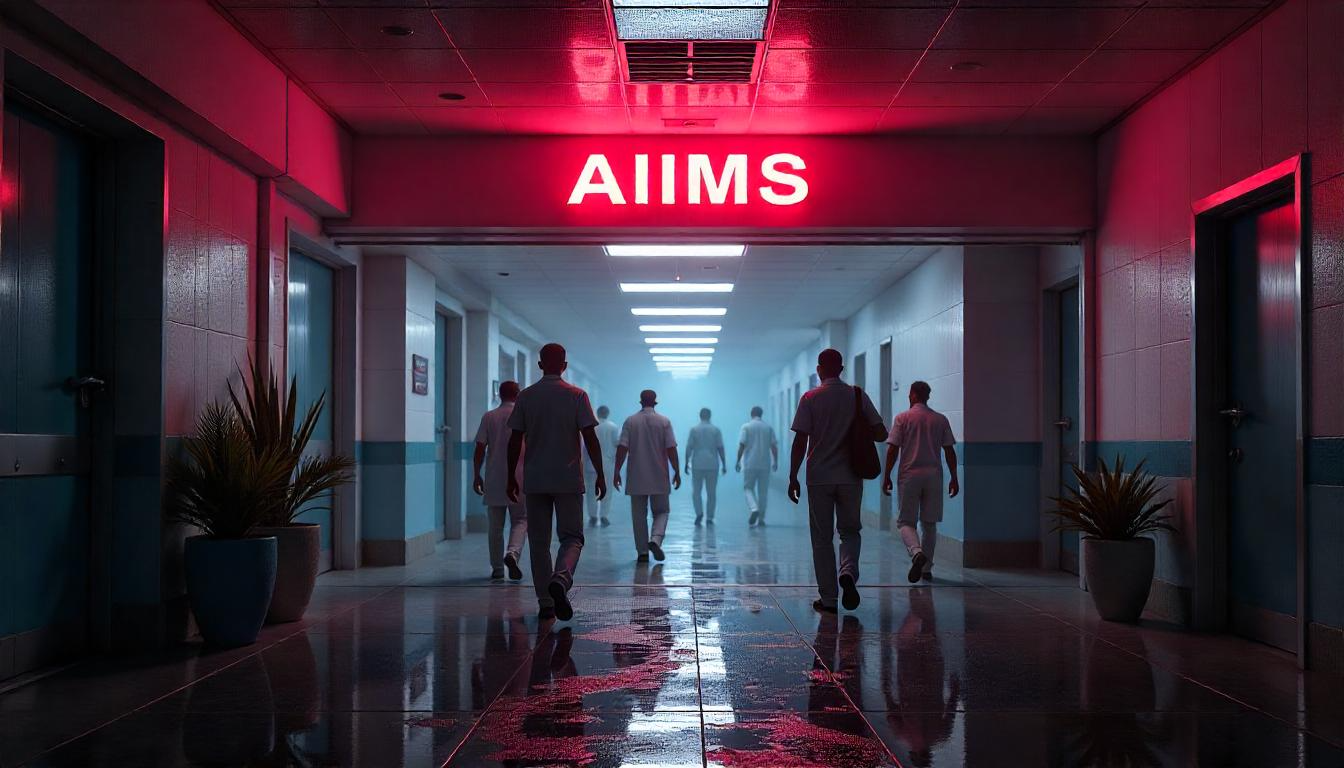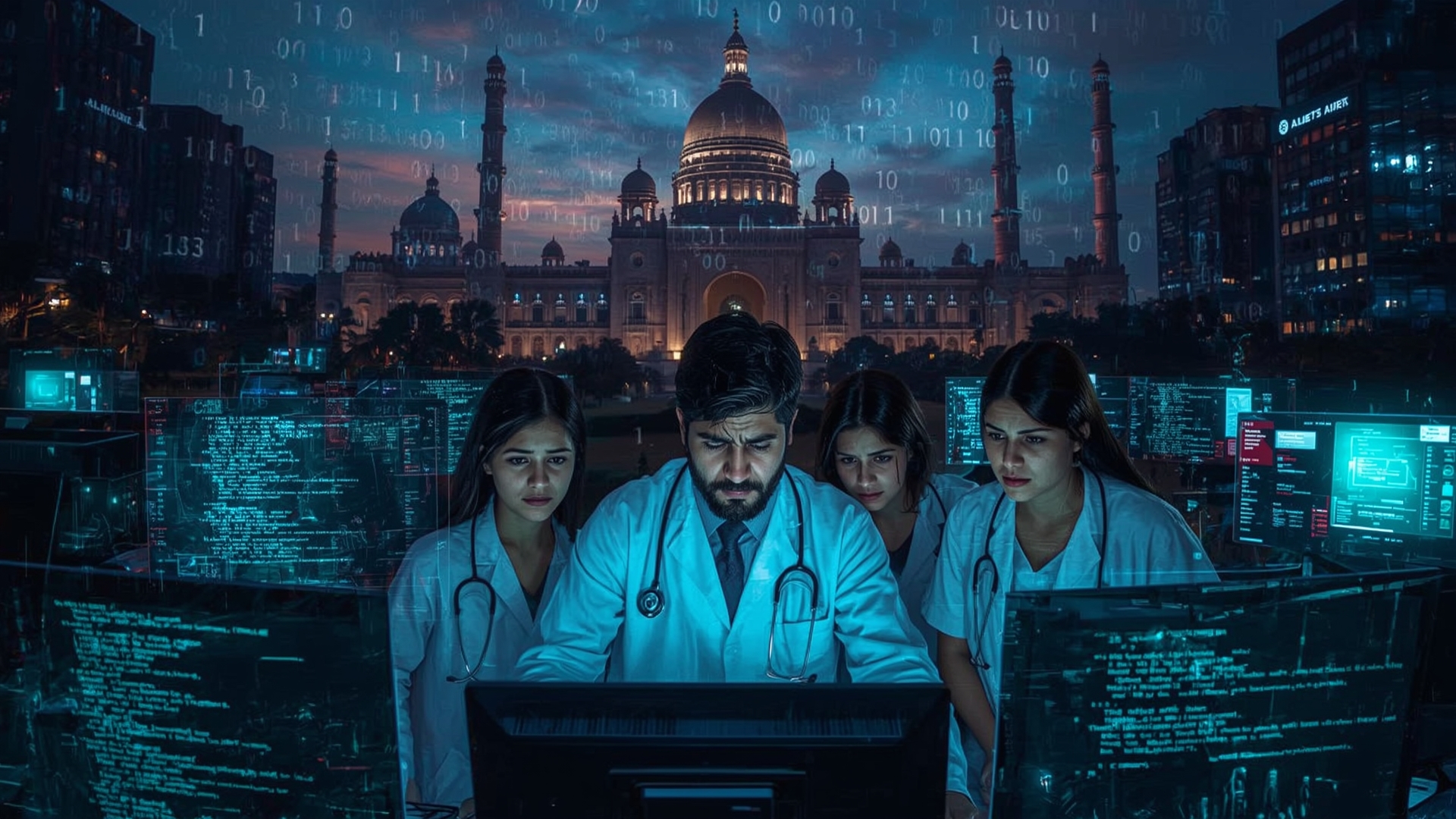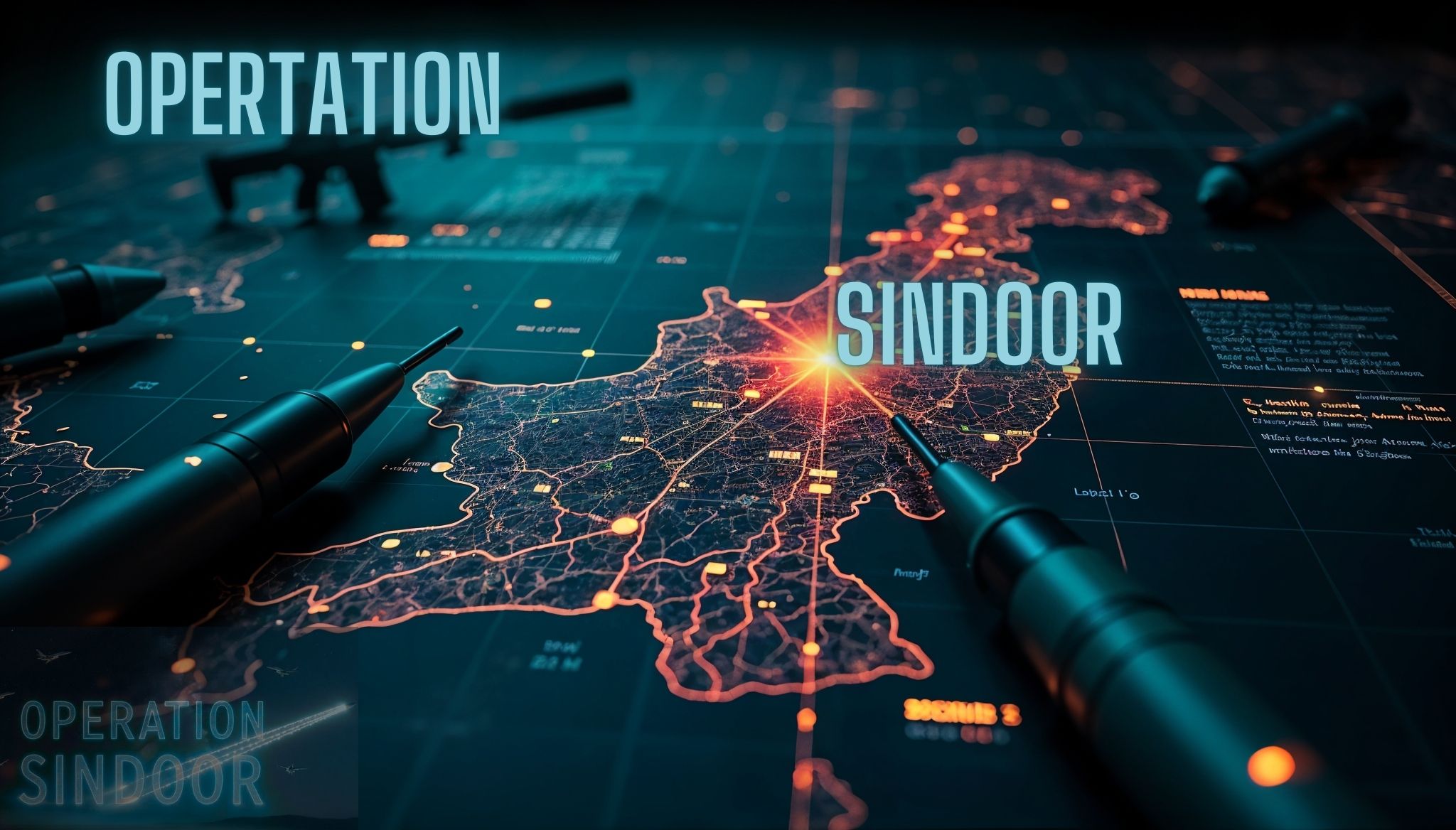
The defense industry it is the department that is tasked with the facilitation of the activities of safeguarding nations through the development and enforcement of the methods, technologies, and operations necessary for securing the country’s national security and the defense of its citizens from internal and external threats. Security is one of the sectors that integrates a variety of fields including engineering, technology, politics, and security.
Technological innovation has become a crucial element for the defense sector and armed forces around the world.
New technologies are redefining the way military operations are conducted and how threats to national security are managed.
The defense sector validates a wide range of advanced technologies consisting of robotics, artificial intelligence, VR (virtual reality), and cyber security to function and meet its objectives. On the other hand, having access to such technologies can be an increased level of security and efficiency that are both military and national levels.
The increasing dependence on technology, however, has at the same time it’s engendered risks and threats through cyberattacks. Data breaches and cybercrime are now rampant and very sophisticated. The destruction potential of such risks is severe; the risks may occur at the individual, private, and national levels; therefore, it is all the more of a problem to assume that the cyber threat is a thing of the past.
Thus, both military and technological leadership will have to cooperate for this purpose to secure the national and international security. Novel approaches are needed to the problem of data security thus avoiding and preventing cyber-attacks. In this context, it is inconceivable to think of information security and the cybersecurity without advanced technologies like AI (Artificial Intelligence), ML (Machine Learning), and block chain. Additionally, the solution should come from guaranteed global cybersecurity through non-stop international cooperation. In such a way the aims would be the development of common security solutions, the sharing of the threat intelligence, and the creation of global security standards respectively.
A rapidly changing field in defense and cybersecurity is, which has one of the key growing and important terms of professions and trades performed by people. Such characteristic claims that current knowledge of areas and flawless data security is of great importance in the realization of effective and reliable project. Moreover, we can also refer to such position as a major and desired occupation the notion which is a great point for professionals who serve as the main workforce of our society. Over time, the achievements were still possible but the related advancement and the necessity of development in the new area had made it difficult to mention any of the biggest areas where human potential and computer applications are working together. But, the purpose of the one is the prevention of attacks from the outside by using the overall situation in the city and how it is functioning via the handling of the ins and outs of the transmission if needed.

Technological evolution in the defense sector:
Technological innovation in the military
it is totally modifying the way armies function and fight. Young technologies like artificial intelligence, robotics, drones, laser weapons, and many more are the architectures of the new dimension of violence.
Digital and data technologies, specifically, have gained a considerable status within the field of modern defense. The armed forces fund a safer world via cutting-edge cybersecurity systems that shield them from cyber-attacks.
Moreover, the state-of-the-art surveillance technologies, in which the participation of CCTV, the sensor systems, and satellites, are maximizing the military’s ability to detect and monitor threats in real-time.
One of the greatest achievements of technology in defense is the diminishing of the risk of human involvement in a combat mission. The use of drones and robotics helped reduce the soldiers’ exposure to the risk of injury or death by making it possible to do the dangerous tasks without their presence. Moreover, the application of smart weapons and lasers has not only been improving the precision but also reducing the losses from collateral damage in conflict.
AI also fulfilled a very important task in modern defense in addition to that of the technology of artificial intelligence. Decidedly, AI is capable of detecting the threats and making a huge amount of data to provide the military with the required information. An example of the technology among the others like Ai was it can be employed to refine the forecasts of the enemy’s activity and thus would lead to the development of more effective military tac.
Yet, the use of technology in defense could also be a source of ethical and security challenges. Example of the violation of human rights and the risk of the death of civilians can be the use of drones for targeted attacks. Besides, AI use in defense can potential risky the issue of privacy and data security.
The technology defense actually depends on the responsible and careful management consistent with the purposes of the defense to be appropriately and ethically used. The armed forces have to be fully aware of the spending of time and money that these technologies can cause and see to it that the said technology is ethically and legally right.
In summary, the military technological upturn resulted in the excellent capacity of the fortress to defeat the enemies in a more productive and safe way in the period of the last years. Nevertheless, the use of technology in defense has to be realized in such a way that it is reserved solely for appropriate and ethical use and that it is conformant with international law.

The vulnerabilities of the sector
The defense industry is vulnerable to several factors, both internal and external. Here are some of the main vulnerabilities:
Reliance on government contracts: the defense industry is greatly reliant on government contracts, which are the main sources of financing for companies in this sector. Nonetheless, governments might opt for funding cuts or shifting it to other industries, and, respectively, endanger the companies.
Obsolete Technologies: a considerable fraction of the defense industry undertakings is due to the application of the old technologies that make them susceptible to the threats of hacking and new warfare activities. Furthermore, the old technologies might be less efficient compared to the new ones; therefore, they may pose higher risk of injuries in the field.
Cyber Security: since sensitive data and information on military technologies are sited in the defense industry, the industry is mostly attacked by cybercriminals and hacker groups. Therefore, defense companies need to use cybersecurity measures to protect their systems and information.
Trade War: trade war is a situation of potential danger for the defense industry when it happens among the countries, for example, if one country decides to prohibit the arms exportation or impose the tariffs on the defense products. This may lead to the disadvantage of the firms that rely more on exports to obtain their most profits.
Dependence on external suppliers: indeed, many defense companies rely on external suppliers of the critical parts and materials necessary for the production of weapons and defense systems. Thus, reliance on external suppliers may cause a problem in case of any supply chain disruption or supplier issues. Dependence on external suppliers: indeed, many defense companies rely on external suppliers of the critical parts and materials necessary for the production of weapons and defense systems. Thus, reliance on external suppliers may cause a problem in case of any supply chain disruption or supplier issues.

Cyber security in the defense sector: Guidelines
Several military IT security facilities have implemented varied cybersecurity guidelines to protect their networks and computer systems from cyber threats. Specific cyber initiatives consist of:
Network Security Standards: The configurations represent a collection of discrete best practices for network security such as the definition of the rules of access and authentication, the remediation of vulnerabilities and cyber threats, and the data and sensitive information security.
Mobile Device Security Policies: Along these lines, the first policy focuses on the protection of mobile devices, such as smartphones and tablets, which are exposed to digital threats. It encompasses definition of access and authentication policies, handling of sensitive applications and data on devices, and securing public Wi-Fi networks.
Security Standards for Software Development: A cluster of rules that consists of the production of secure software tools characterized by cyber immunity. Such recommendations will describe security requirements, suggest the use of tools for static and dynamic code analysis, and describe testing and verification processes.
Security Standards for Cyber Defense Operations: Cybersecurity is a general concept of standards to help defend computer systems from digital threats. On the basis of the definition of policies for monitoring and analyzing suspicious activities, development of processes for responding to cyber threats and procedures for managing service interruptions, they may include other requirements as well.
The defense industry further uses the rules provided by the US National Institute of Standards and Technology (NIST), which are cybersecurity standards as well that can be adopted in the defense sector also.
Cyber security in the defense sector: The challenges
The defense sector is confronting several critical future threats, such as:
Cyber Threats Evolution: Cyber threats turn to be very sophisticated and advanced and due to this fact, it is important to constantly change cybersecurity strategies in order to protect defense sector networks and systems.
Emerging Technologies Integration: The implementation of modern technologies likes artificial intelligence, the Internet of Things, and cloud computing not only brings new chances to the military but also the challenges of security and privacy.
Balance Security and Privacy: The industry is supposed to be able to secure the needs of security as well as to save human rights and privacy. The advanced technologies namely surveillance and facial recognition require the use of security that is a lot better these days.
Rising Costs: It should be mentioned that there is a major escalation in the level of weapons and defense systems expenses nowadays, which often impacts government and business financials negatively.
Resource Constraints: With the limited financial and human resources, the defense sector has to make a maximum out of the available resources.
Environmental Sustainability: The sector bears a massive environmental burden related to the use of one-time weapons and military vehicles for instance through pollution. Besides, the trend of environmental sustainability is becoming more evident and thus new and viable ways are sought to reduce it.
To sum up, the defense sector has to address these significant challenges that cover the development cyber threats, the introduction of new technologies, while being able to keep privacy, affordability and environmental sustainability in the picture. The combination of accurate scheduling and the cooperation between the governments and the companies involved can successfully address these challenges.







